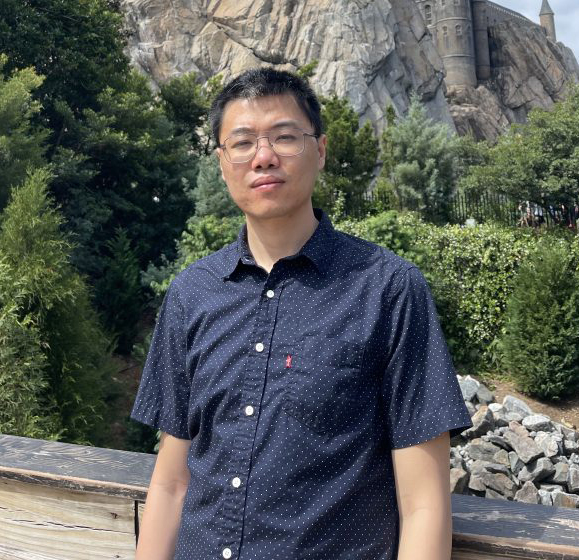
PhD student Zhao Chen, Applied Computing/Computational Science and Engineering, will present his dissertation defense on Wednesday, October 4, 2023, from 4-6 pm in Rekhi 101 and via Zoom. The title of his dissertation is Deep Learning for Medical Image Segmentation using Prior Knowledge and Topology.”
Zhao is advised by Assistant Professor Weihua Zhou, Applied Computing.
Zhao has received a 2023-24 Graduate School Doctoral Finishing Fellowship. Read Zhao’s bio here. Read the blog post.
Defense Title
Deep Learning for Medical Image Segmentation using Prior Knowledge and Topology
Defense Abstract
Image segmentation refers to the division of a digital image into distinct segments or groups of pixels/voxels. However, most of the existing deep learning approaches lack the utilization of prior knowledge, such as shape information, which could improve segmentation accuracy. In addition, conventional image segmentation frequently falls short in preserving intricate spatial details, motivating the innovation of strategies for multi-scaled feature integration. Furthermore, traditional image segmentation methods primarily concentrate on pixel-level or region-level analysis. However, given the inherent morphological similarities among various image objects, the significance of topology information surpasses that of pixel-level data in the realm of medical image semantic segmentation, and the incorporation of topology information for image segmentation is important.
The first aim of this dissertation is to incorporate shape priors into medical image segmentation. A shape-prior-V-Net (SP-V-Net) is proposed, which contains a shape transformation module to refine the segmentation results according to the shape prior. SP-V-Net has been applied to lung segmentation and proximal femur segmentation.
The second aim aims to improve image segmentation by leveraging hierarchical features. Two approaches are proposed: the feature pyramid U-Net++ (FP-U-Net++), which dynamically aggregates the feature pyramid in the decoder of U-Net ++, and the multi-input multi-scale U-Net (MIMS U-Net), which integrates the features in the encoder of the U-Net.
The third aim explores topology-based image semantic segmentation using graph neural networks. Three graph-matching networks have been developed, including association graph-based, edge attention graph matching, and hyper-association graph matching networks. The proposed graph-matching networks convert the graph-matching problems into a vertex classification problem using an association graph, where the positive vertex indicates the nodes from two individual graphs are matched. These models were applied to coronary artery semantic labeling on invasive coronary angiograms. Moreover, this study presents a pioneering approach for topology-based image semantic labeling using graph matching.
The successful completion of these aims contributes technically accurate and clinically applicable algorithms and techniques for medical image segmentation. The outcomes of this dissertation provide valuable tools for the medical imaging and computer vision communities, advancing the field and improving patient care through accurate and efficient medical image segmentation.